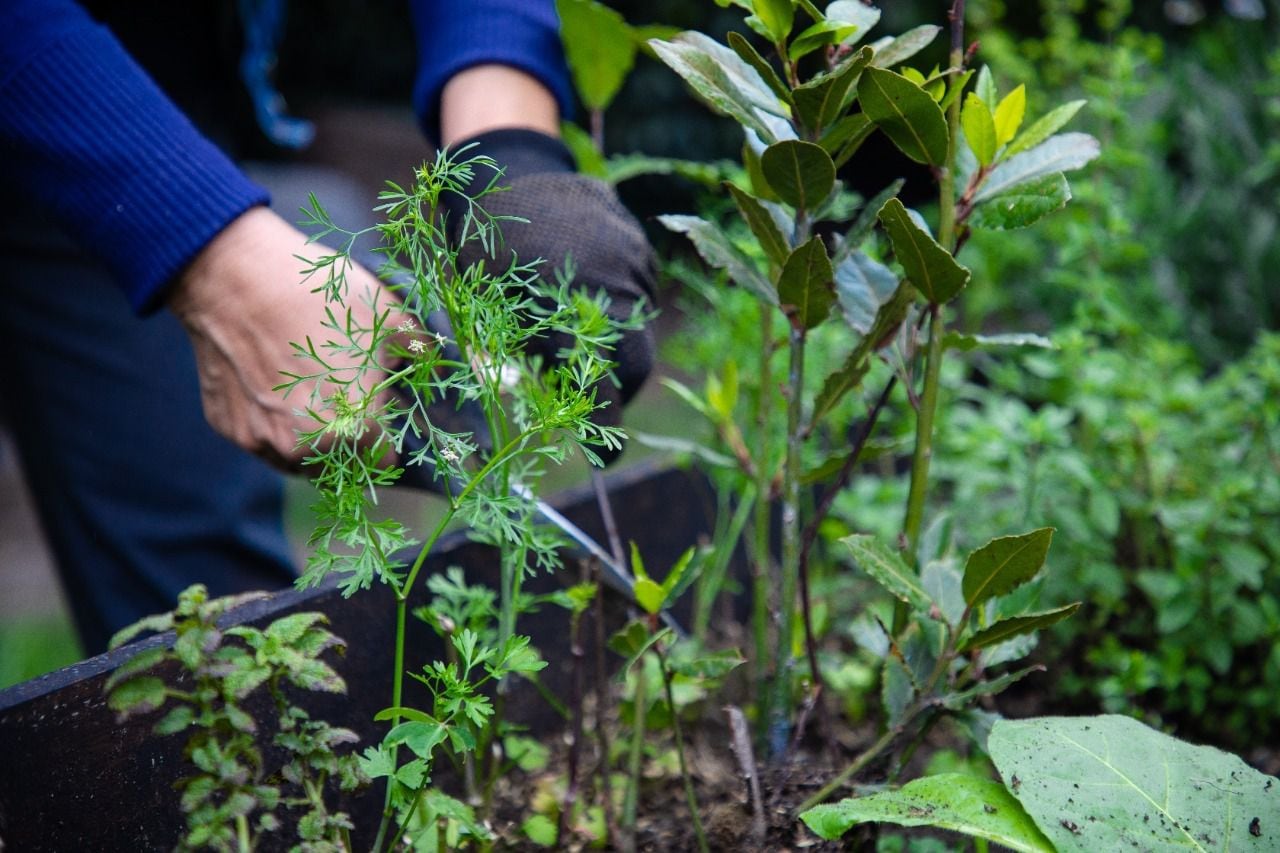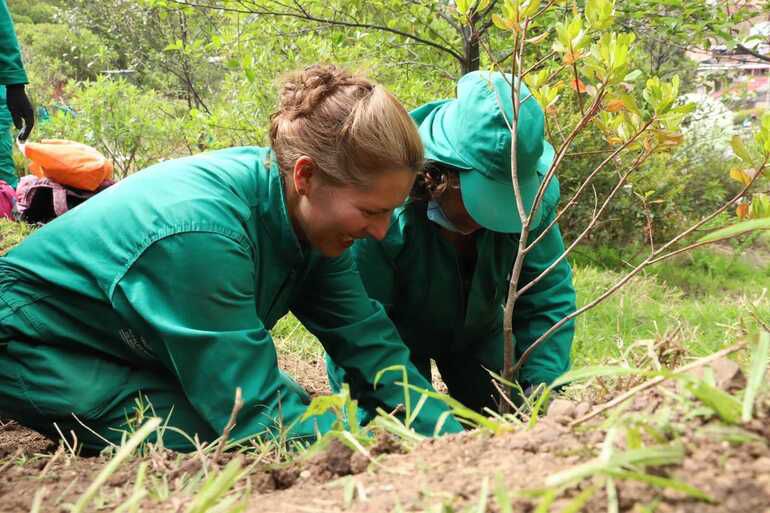
As of this Friday, March 25, Bogotá has its first Diploma School, Urban and Periurban Agroecological Agriculture, an initiative through which the District seeks to train urban farmers from different parts of the city, in order to strengthen and promote education and participation of citizens in environmental practices that allow the greening of the capital.
The project, led by the Bogotá Botanical Garden, will initially train 41 farmers in the city for four months under three modalities: face-to-face, theoretical-practical, virtual and autonomous work.

As detailed by the entity, the bet, which is expected to take place twice a year, will have seven training modules:
- Introduction to Agroecological Urban and Periurban Agriculture.
- Design for the sustainable implementation of orchards with a permacultural approach.
- Soil and its fertility, Plant propagation and sowing.
- Plant health of the garden, Harvesting and postharvest of products from my garden.
- Entrepreneurships in Urban and Periurban Agroecological Agriculture.
With these seven modules, the Botanical Garden hopes that urban farmers in Bogotá will be able to strengthen their agroecological projects for food production through sustainable practices, thus contributing “to the care of vegetation covers that guarantee a healthy environment” and that, in addition, allow “the change of habits food and the construction of the social fabric.”
People interested in being part of the first School of Urban Agriculture in Bogotá will be able to know the dates, times and the procedure to register, through social networks and the official website of the Botanical Garden https://jbb.gov.co/, or through the website of the same entity, Bogotá is my garden: https://bogotamihuerta.jbb.gov.co/.

In other environmental news, on March 25, the Secretary of the Environment reported that, in order to continue greening Bogotá, a group of beneficiaries of the 'Women who green' program planted 50 native trees in the Environmental Restoration Center in the town of San Cristóbal, better known as a nursery. Cherry.
“This was the program that I felt most comfortable with, because I didn't know what it was like to take care of a tree, to plant it. I have learned many things,” added Yésica Paola Cruz, another beneficiary of the initiative.
According to the Secretariat, among the species planted in the Environmental Restoration Center in the town of San Cristóbal, are: tea from Bogotá, angel, cajeto, mortiño, laurel de cera, pegosco, bitter, hayuelo, tomatillo, corono, tuno esmeraldo and chilco.
The objective of the program, as reported by the Ministry of Environment, is to help the ecological enrichment of the Cereza nursery, an establishment where “native plant material is produced to restore Bogotá's ecosystems.”
Currently, according to the entity, 169,000 trees have been planted in Bogotá, while another 200,000 plant individuals are being prepared in the Cereza, Soratama and Entrenubes nurseries, in order to be planted in different areas of the city.
KEEP READING
Últimas Noticias
Debanhi Escobar: they secured the motel where she was found lifeless in a cistern
Members of the Specialized Prosecutor's Office in Nuevo León secured the Nueva Castilla Motel as part of the investigations into the case

The oldest person in the world died at the age of 119
Kane Tanaka lived in Japan. She was born six months earlier than George Orwell, the same year that the Wright brothers first flew, and Marie Curie became the first woman to win a Nobel Prize

Macabre find in CDMX: they left a body bagged and tied in a taxi
The body was left in the back seats of the car. It was covered with black bags and tied with industrial tape
The eagles of America will face Manchester City in a duel of legends. Here are the details
The top Mexican football champion will play a match with Pep Guardiola's squad in the Lone Star Cup

Why is it good to bring dogs out to know the world when they are puppies
A so-called protection against the spread of diseases threatens the integral development of dogs




